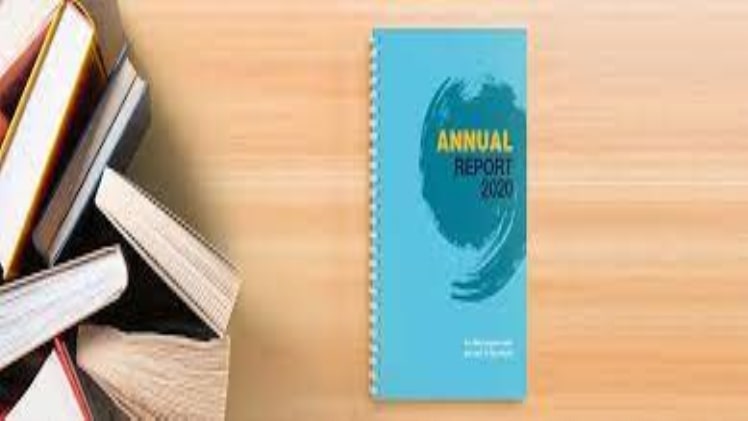If you’re interested in creating a wire-bound booklet, you may be curious about how this type of printing works. For starters, a traditional comb binding method requires you to feed the pages into the binding machine from the front of the book. However, there are more advanced options available to you. These include Spiral and Unibind, which allow you to bind your pages together in various ways. In addition, you can also create a saddle-stitched binding, which uses a single piece of material to tie together two pieces of paper.
Spiral binding
Spiral binding in booklet printing is one of the most common methods of joining the pages of a document together. It is beneficial in projects where the contents of a multi-page document need to be referenced.
Spiral books offer a cost-effective and durable way to bind documents. Unlike staple-bound books, they are easy to fold and rotate. They are also available in a variety of sizes and colors.
They can be made of various materials and are suitable for a wide range of paper stocks. This means they are excellent for books that need to be stored for long periods.
Typical uses for spiral-bound books include wire bound booklet printing, textbooks, and instruction manuals. They are also helpful for sales presentations and directories.
When choosing the best type of bookbinding, you should consider the material’s weight and the number of pages. The coils used in spiral binding are designed to be solid and durable. For larger books, you should select a larger ring. You can choose from plastic or metal coils, which come in various diameters.
Spiral-bound books are ideal for reports, handbooks, workbooks, and calendars. Because the pages are held in place, they stay flat when opened. They also have minimal resistance.
Saddle stitching
The saddle stitching method is one of the easiest and most cost-effective ways to bind a booklet. It can be used for books with between 8 and 64 pages. However, it’s only advisable to use this binding method for books with up to 64 pages. This is because saddle stitching has a few limitations.
Saddle stitching is another technique that’s worth a mention. This bookbinding method is typically used for books that have to stand up to a lot of use. But it’s the quickest and most cost-effective method to do the job.
Spiral binding is another common technique for making books. It is similar to wire-o binding, but it has more practical advantages.
One of the more significant disadvantages of this method is the amount of creasing that occurs during folding. Using thinner paper is a way to minimize this problem.
Another downside to this type of binding is that it requires a precise page count. The pages must be gathered into a pile and folded in half to achieve a good fold. Once this is done, the paper is then stapled along the crease. Depending on the number of pages, the fold may be narrower than the final trim size.
The centermost page will be stuck out if the pages are not folded correctly. This can be prevented by trimming the opening edge.
Saddle stitching can also be used on A6 to A4 papers. However, heavier pieces can cause the same issues as thicker ones. Therefore, a professional printing company will fold and crease the form on the outside.
Lastly, this type of book cannot print on the spine. However, it’s possible to print on the cover.
Unibind
If you’re looking to produce high-quality custom presentation booklets, Unibind is one of the best options. The company uses advanced technologies to provide more impressive results than traditional binding methods.
In addition to wire-bound booklet printing, Unibind offers Thermal Binding Systems, Hard Covers, and Foil Stamped Binding Covers. All of these products are designed to produce professional presentations quickly and easily.
One of the most popular binding systems is the Unibind XU338 SteelBinding System. This system is ideal for small to medium-sized offices. It has three cooling bays and can bind all documents in 90 seconds.
SteelBinding by Unibind uses a user-friendly process that complements Xerox products. Using A-class materials and resin provides an easy and cost-effective way to bind your paper output.
These hard case binding systems are available in various colors and finishes. They’re built from pages that are assembled into covers that are then inserted into a crimper.
Uncover Hard Covers offer excellent protection and a leather-like finish. They’re available in various sizes for 8.5″ x 11″ sheets, including half and letter sizes. You can also choose from a wide selection of cover designs.
Uncover Flex Soft Covers feature wrap-around covers that offer a clear view of your book’s front and back sheets. Available in various colors, these covers also come with self-adhesive end sheets.

